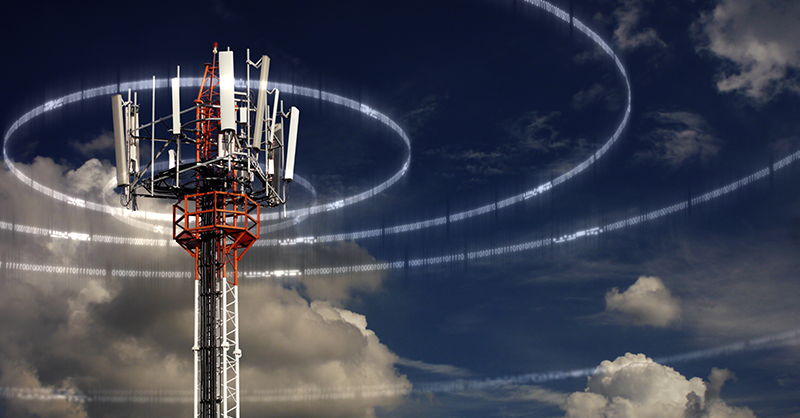If you've ever wandered through a town you might have noticed tiny 5G cell towers placed on poles for street lighting. They look like little boxes however they're actually sending wireless signals from mobile providers to your mobile.
The smaller ones are being replaced by the larger, purpose-built cell towers. While they're less noticeable, they still can cause issues for users.
The FCC's Radiation Exposure Thresholds
The FCC's Radiation Exposure Thresholds define the maximum amount of time a person can be exposed to electromagnetic energy from wireless devices. The limits for exposure are based on scientific data that prove that electromagnetic energy could be harmful to health.

what is a safe distance from a 5g cell tower (SAR) is an indicator of the radiofrequency energy absorbed by tissue. It's typically 1.6 watts per kilogram, spread over a gram of tissue.
Since 5g is able to transmit at higher frequencies and has the potential to increase the intensity of energy on the skin as well as other body parts. This could result in various possible harms, like the appearance of skin conditions such as dermatitis and cataracts, and skin cancer.
Because of the potentially severe effects of 5g radiation, PSU has chosen to establish a general, localized limits on power density, which is 4mW/cm2 averaged on 1cm2, and never to exceed 30 minutes for all 5G services running at 3000 GHz. This limit for localization is in line with the maximum spatial-average SAR of 1.6 W/kg averaged over 1 g of tissue at 6 GHz.
The FCC's Maximum Exposure Thresholds
If you've ever used a cell phone, you're probably aware that the safest range from the tower should be at least 400 meters away. This is due to the power of transmission from a cell tower increases dramatically the farther your location from the tower.
Although this may sound like something that's good, the reality is that people living in close proximity to towers may actually be more susceptible to health problems. For example, a study from 2014 in India found that residents living within 50 meters of cell towers had much more health problems than those who were away from the antennas.
This study found that people who moved to areas that were further from cell towers noticed their symptoms return to normal within a couple of days. Studies have also demonstrated that exposure to extreme levels of radiofrequency electromagnetic fields (EMFs) could cause brain tumors, cancers, and other health problems.
This is because RF radiation, which is used for wireless communication, has the ability to penetrate the human body's outer layer, which is the skin. It is crucial to know because the skin acts as a shield against injury to the body, infection from pathogenic microorganisms, as well as entry of toxic substances. Additionally, it is the largest organ of the human body. It is accountable for protecting other organs.
The FCC's Minimum Exposure Thresholds for the Minimum Exposure
The FCC's Minimum Exposition Thresholds depend on numerous assumptions that are not supported by scientific evidence. They include the false belief that exposures of a short duration to RF radiation are safe because of the minimal absorption into body (i.e. the heating of tissues).
https://postheaven.net/skincat9/how-long-away-from-a-5g-mobile-system-for-anyone-who-is does not take into account the deeper penetration of the ELF parts of modulated RF signals and the consequences on the body of short bursts from pulsed RF waves. safe distance from cell tower are not in line with current knowledge of the biological consequences of RF radiation, and thus, they should not be used for health protective exposure standards.
Additionally, the ICNIRP and FCC are limiting their maximum limit of exposure to the local SARs that are based on the maximum speed of spatial absorption (psSAR) which is not a sufficient dosimetric tool to determine the degree of exposure to RF radiation. Particularly the psSAR tool is not accurate for frequencies that exceed 6 GHz. Furthermore, psSAR has not been evaluated for RF radiation exposed to other environmental agents , such as sunlight. The interactions of RF radiation with other environmental agents may result in antagonistic or synergistic impacts. This can lead to the risk of having adverse health consequences. For example, co-exposure to RF radiation with sunlight may raise the chance of skin cancer, and may also exacerbate other skin diseases such as acne.
